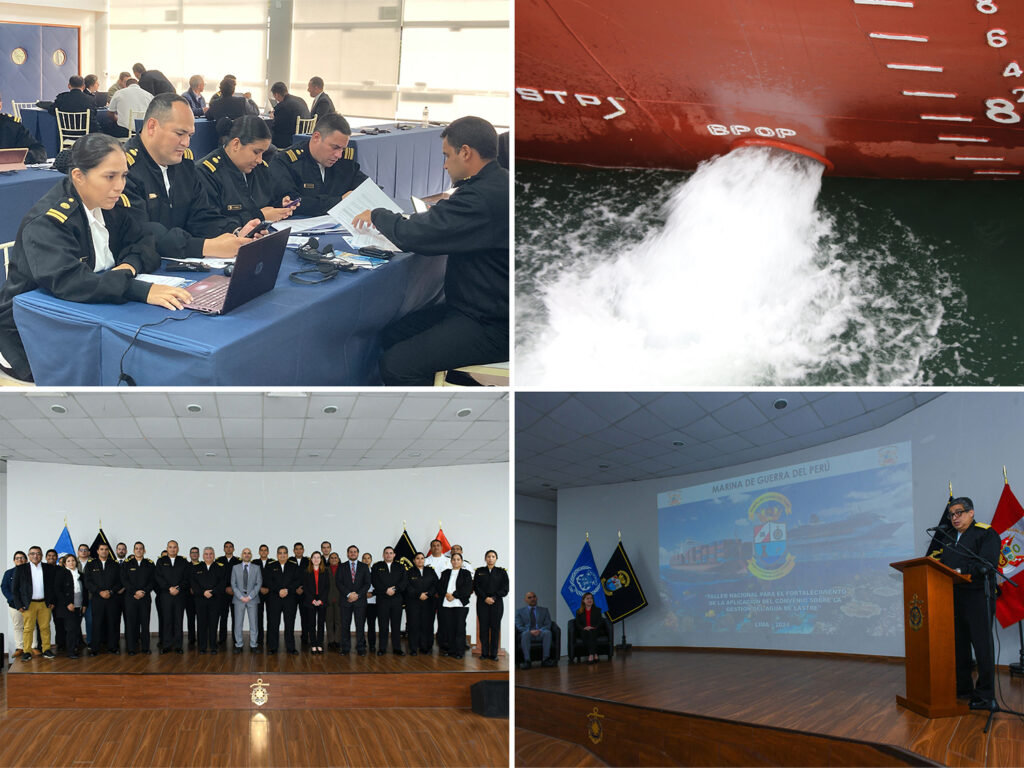By :Raúl Villa Caro
Secretary of EXPONAV
The treaty of SOLAS structured in chapters and loaded with multiple safety objectives, establishes, among other concepts, the requirements that must be met on board to prevent the dreaded power plant outages from occurring, sometimes accompanied by loss of propulsion in the ships.
In the recent accident
In these cases the propulsion power is interrupted until the emergency generator starts, and the power returns. In the recent accident in March of this year near the Baltimore Francis Scott Key bridge (USA), the Dali ship suffered a brief loss of propulsion, which prevented it from maintaining its course, and ultimately led to the well-known collision with the Francis Scott Key bridge.
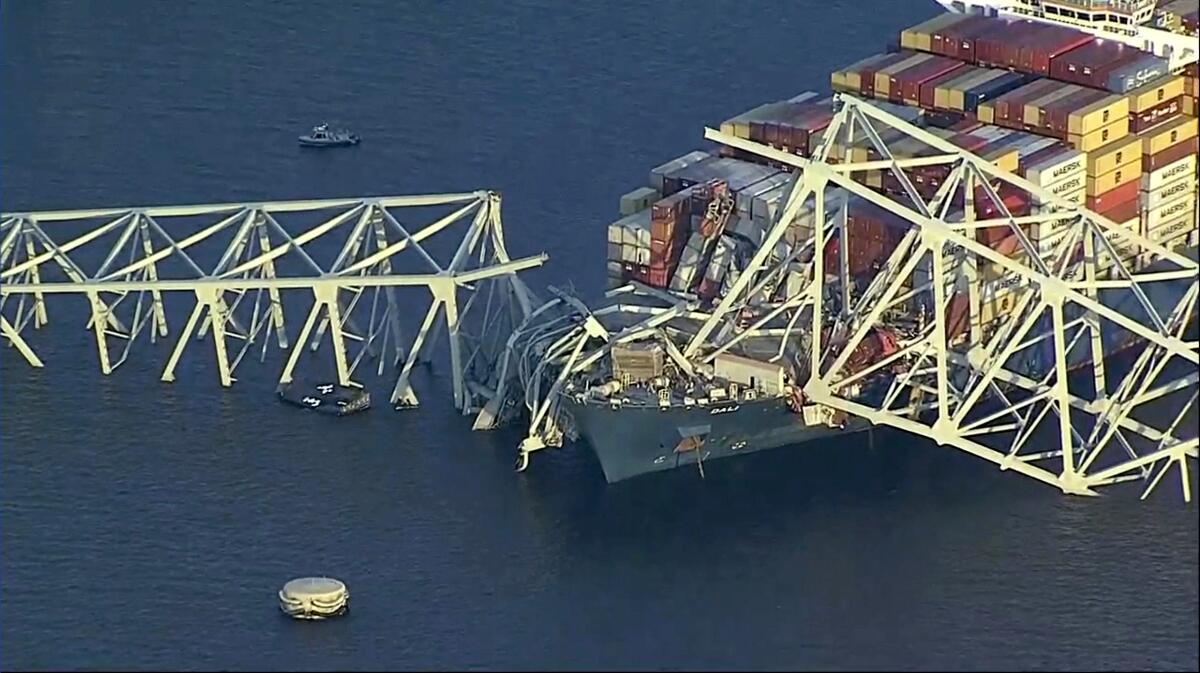
SOLAS in regulation 29 of its chapter II
SOLAS establishes in regulation 29 of its chapter II-1 that in ships, apart from the servomotor (the main steering gear of the ship), there must be an auxiliary steering gear.The latter, according to the agreement, must have sufficient strength to allow the ship to be handled at normal navigation speed and, in addition, in the event of an emergency, it must be able to quickly come into operation
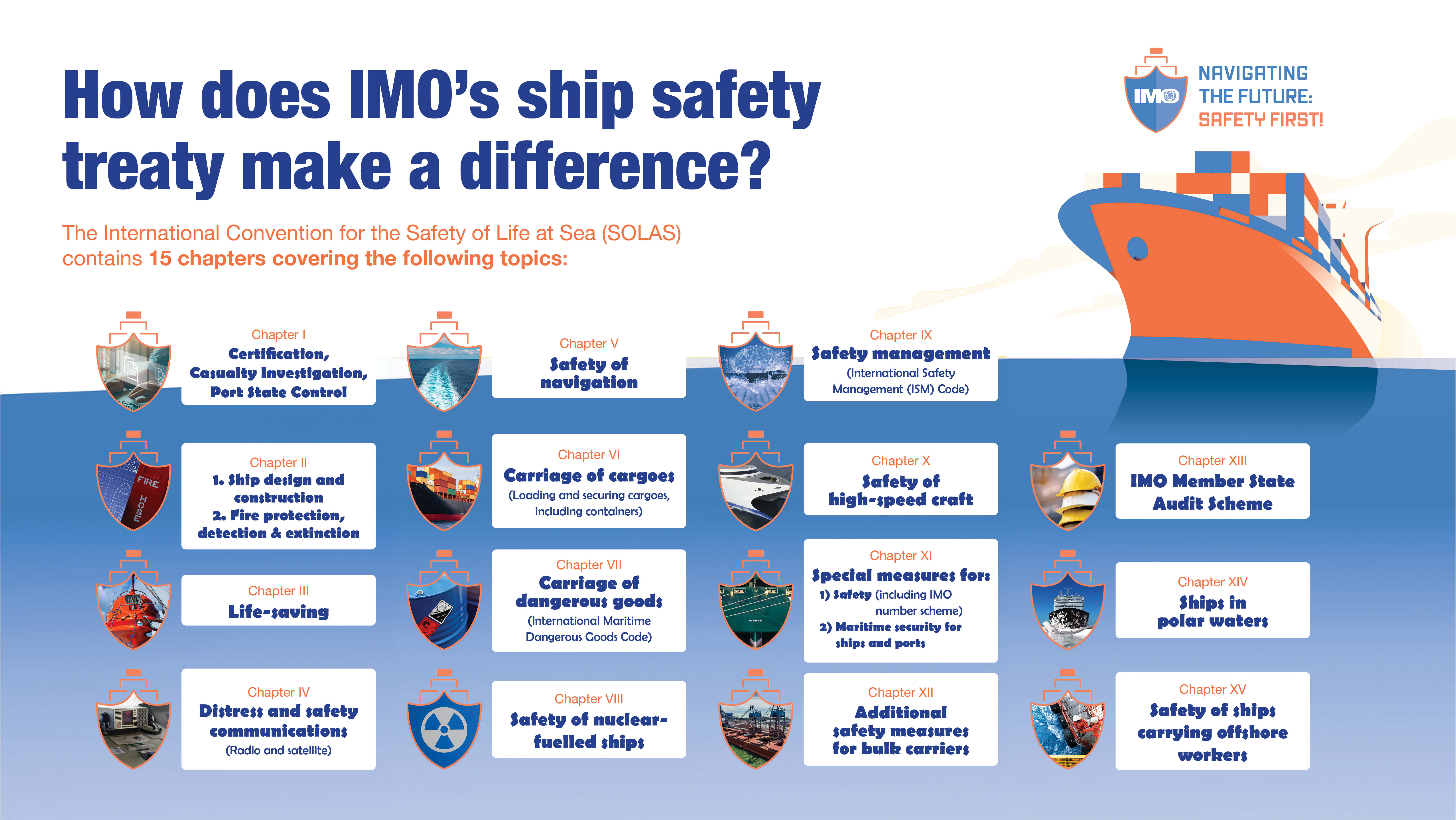
Some infamous maritime accidents, such as that of the Costa Concordia ship in January 2012, brought to light the problems that can occur when a loss occurs in a ship’s propulsion. In that case, the ship’s rudder became stuck on the starboard side, and the ship sank due to the prevailing wind and ran aground on the island of Giglio.
Blackout
The failure of a ship’s power plant, better known in nautical jargon as “black-out”, is often accompanied by a reduction in propulsion, and even a loss of propulsion, usually momentary.
This is a situation that usually occurs on the high seas with some regularity, and which poses a risk of accident, but which only tends to be extremely serious in certain scenarios. For a ship without propulsion, reacting at distances far from the coast is usually not a big problem, but the performance varies greatly when the ship is in areas with a lot of navigation traffic.
In these latter situations, plant falls can lead to collisions, which ultimately account for 20% of ship accidents that occur. Fortunately, most incidents of this type do not usually have major consequences, as they usually occur during navigation on the high seas, or in open water in general.
Equipment (servomotor)
In any case, the failure of a ship’s power plant does not necessarily imply that the ship must be left without steering. To this end, the SOLAS convention requires that all ships must have steering equipment (servomotor) powered by two independent and separate energy sources, so that if the main one fails, there can be an emergency plant that allows maintaining the steering of the vessel.

Specifically, rule 26 of Part C of Chapter II-1 indicates that ships must be provided with means that allow the normal operation of the propulsion machines to be maintained or restored even when one of the main auxiliary machines is disabled.
This rule also indicates that there must even be means to ensure that the vessel can put its machines into operation, without outside help, starting from the condition of the vessel being turned off.
Additionally, rule 29 of the aforementioned chapter establishes that every ship must be provided with a main steering gear (the servomotor) and an auxiliary steering gear that in the opinion of the Administration are satisfactory. The main steering gear and the auxiliary steering gear shall be arranged so that the failure of one does not disable the other.
Propulsion recovery
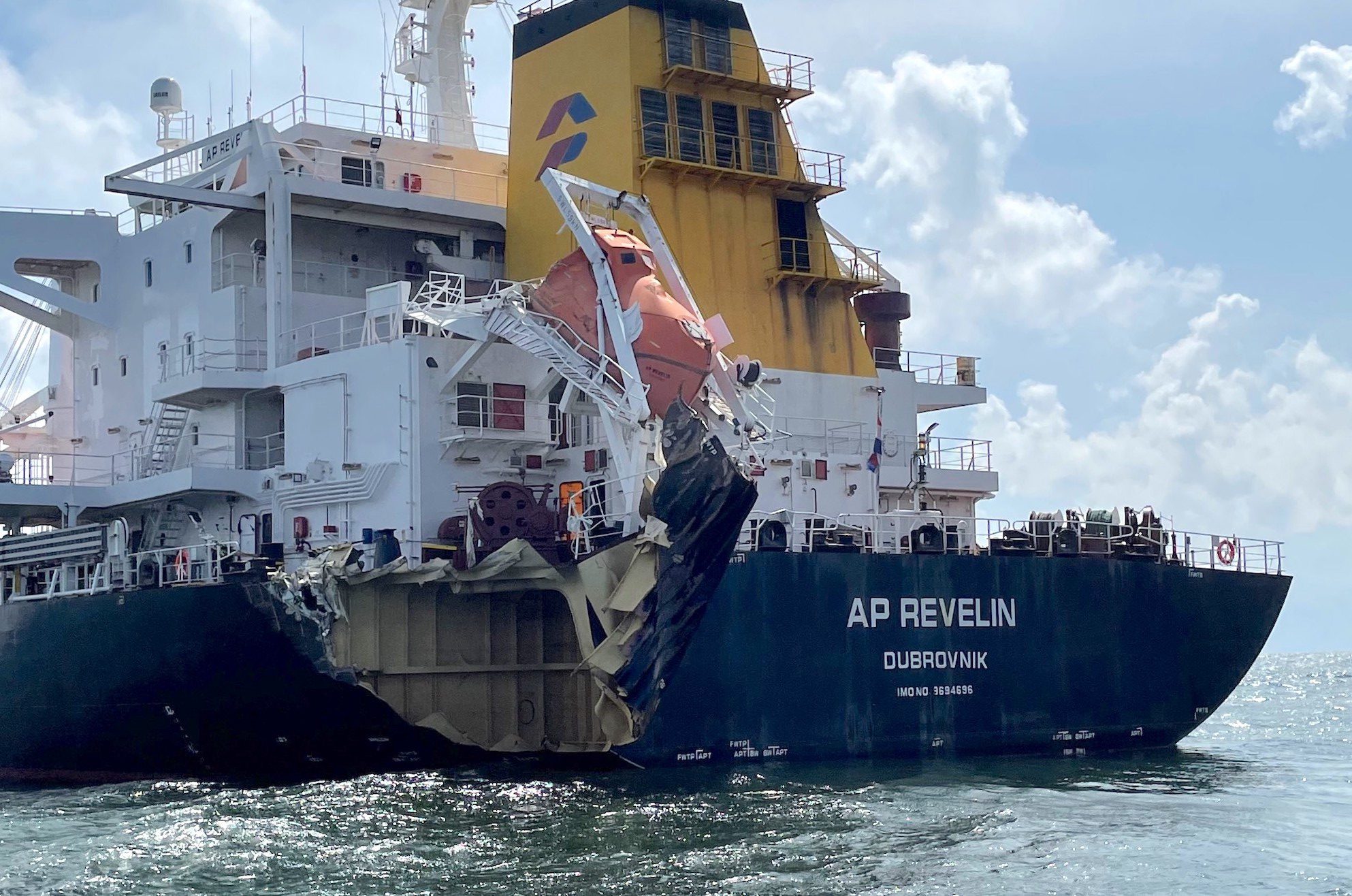
Depending on the type of failure that causes the loss of propulsion in the ship, and its design, the process of recovering the ship’s power will be different. But in any case it is essential that this process does not exceed the interval of one minute, a sufficient margin of time for the ship to be able to prevent any type of collision from occurring.
A ship that is structurally in good condition does not have to become a danger due to the appearance of a failure of the electrical plant and propulsion, although depending on the navigation area in which it occurs (restricted waters, open waters, etc.) that brief Response time lapses will be more or less important.
Vessel performance without steering
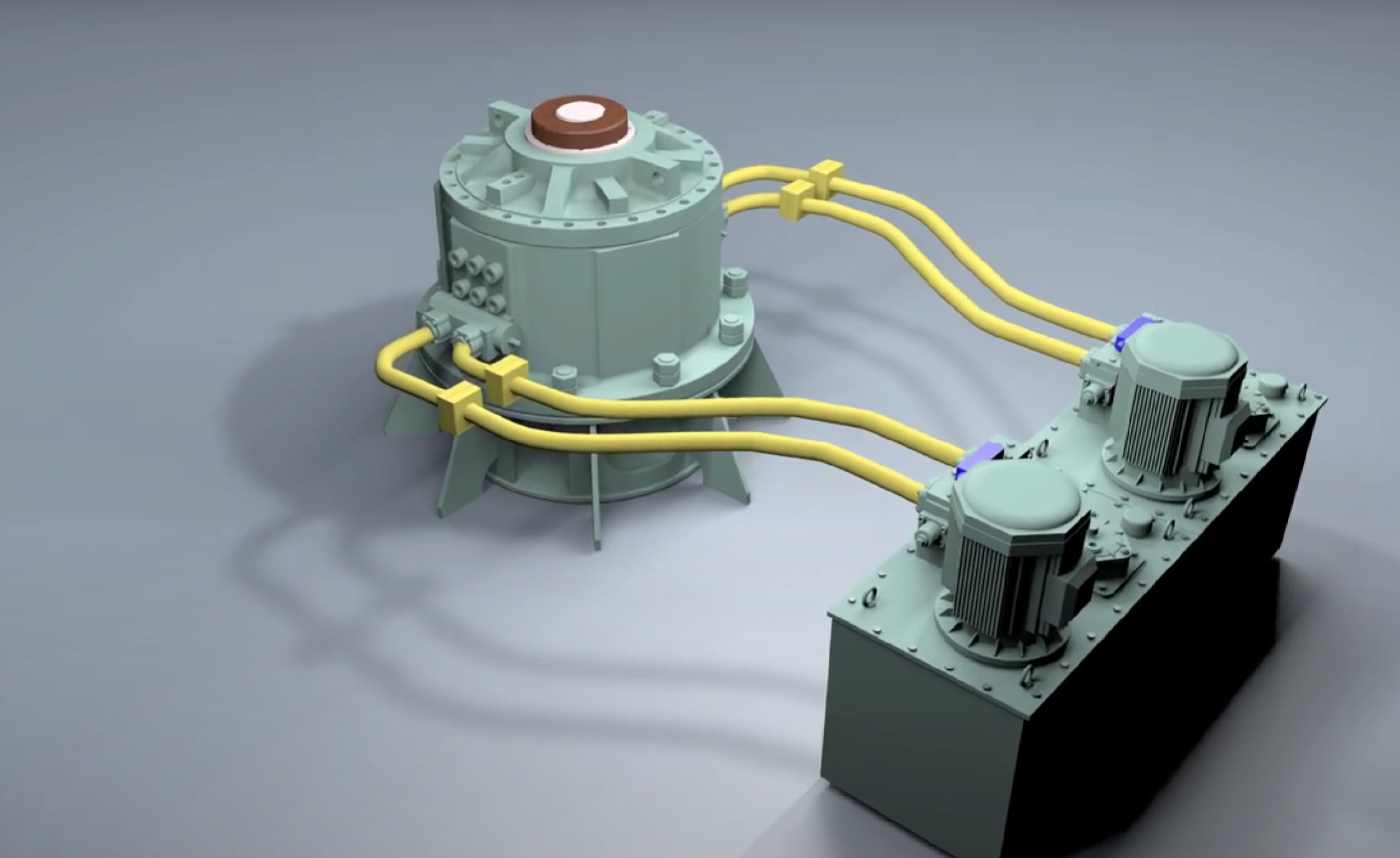
When a ship becomes unsteered on the high seas, and to avoid accidents, it must move out of the path of other ships, emit appropriate signals (lights and markings) to warn other ships of its situation, and notify the corresponding authorities and others. ships in the vicinity.
If the vessel is ultimately unable to regain propulsion, it must subsequently be towed to a place where the breakdown can be resolved. If the ship were close to the coast, at risk of collision or running aground, it would always have the option of anchoring to avoid greater harm
Read next article :Ways to prevent boat floor falls
Related :
Raúl Villa Caro writes:Deus, the mastermind behind Supertanker
Raul Caro write: Trade winds, Sea of Ladies and Manila Galleon



